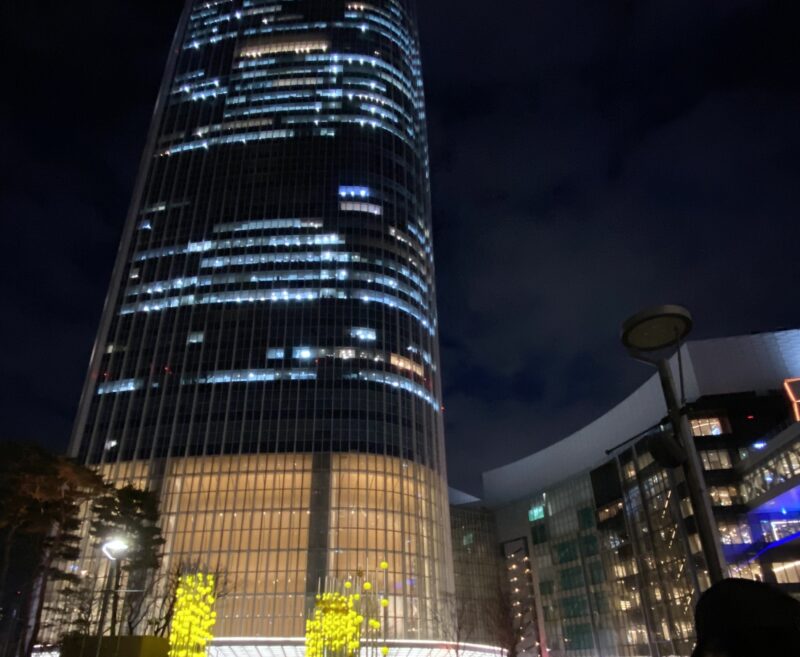To be surrounded by the concrete towers and glinting glass that make up a city is a glamorous thing but suffocating by nature in its solidity, absoluteness, and rectangularity of shape. Trees of a forest, on the other hand, are in a way liquid because they bend, shapeshift in wind, get cut down, with as many breaths and moods as the whispers of seasons. Trees grow leaving breathing room between them so that travelers may explore, lose themselves, and then find their way once more. Getting lost in the city is a less forgiving experience by contrast.
I’ve often heard metropolises described as concrete jungles or urban forests, but never forests as sylvan cities or something of that kind, though that could be a pretty description in its own right. Maybe it’s because we need a metaphor to understand a city, the thing we’ve built ourselves, but no one needs help in understanding a forest.
But does that also mean we trust it? In her essay “Trees of Life, Trees of Death,” Margaret Atwood ventures through the deep-rooted mistrust of forests that humans have had for centuries. The trope of the “deep dark wood” surfaces over and over again in myths as the evil realm where predators lurk. Even I would rather get lost in a city than a forest, as much as I love the latter, if I had to choose. But maybe, in erecting metropolises, we’ve created a different kind of forest where shadows still lurk, just in a different form, among the dense concrete. In this forest there are wider shadows to hide in, thicker walls to segregate, and street noises and car horns to mask sounds of crying. Sunlight falls over the city, but can’t pass through concrete, so alongside bars of light it flings down stark bars of shadow. Light and darkness are split into nemeses instead of intermingling like they do in the wood. In the city, people operate in groups but feel alone within them; each winter claims more victims of seasonal depression though they’re safely sheltered at home. It’s full of contradictions, this forest we’ve created.
Crime is increasing in this city. It’s lurked in the shadows of office buildings for years, creeping, and now it’s no longer hidden but out in the open. Everyone knows Seoul isn’t the city it was ten years ago. As in any human civilization clustered in so dense a capital, there’s loneliness, depression, isolation, and rage. But particular aspects, you see, are heightened. Faces look soulless and blank in six p.m. subways, all alike. Random drunks at stations curse at passersby and I can’t tell if they’re really drunk on alcohol or on life. Suicide news is everywhere and students smoke behind stores and alleys. Ten p.m. is a time for elementary schoolers to run to convenience stores for energy drinks.
When I first arrived in Seoul in December, I thought it very beautiful. This winter, I rode the bus through its veins and learned that it was ill. Like forests fall ill from infestations, I saw Seoul eating away at itself from some mysterious illness. I’m not a doctor, and couldn’t tell if it was terminal. But this past week, I saw that spring had begun lifting its head from little corners all throughout the city, and I heard it faintly breathe.
Good things tend to happen at daybreak, in springs, and new beginnings. At dawn, when Seoul is at its quietest. Thought I won’t be here for more than a couple of months, I’ll get to witness how spring touches the city. And I’ll always pray for the recovery of this city that’s named after the human psyche. The only kind of terminal here, after all, should be the kind for buses, and Seoul’s got plenty of those. In the spirit of Margaret Atwood’s tree-infused essay, may good health be restored to both kinds of forests we know—each a complex maze of tall growing things.
